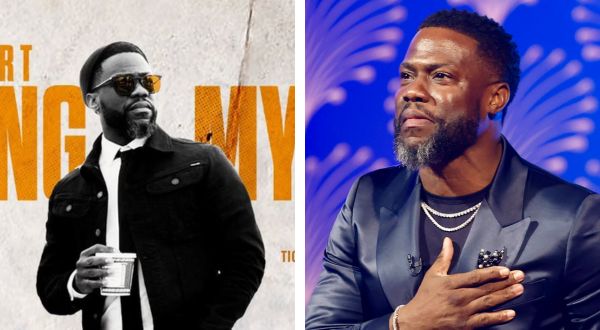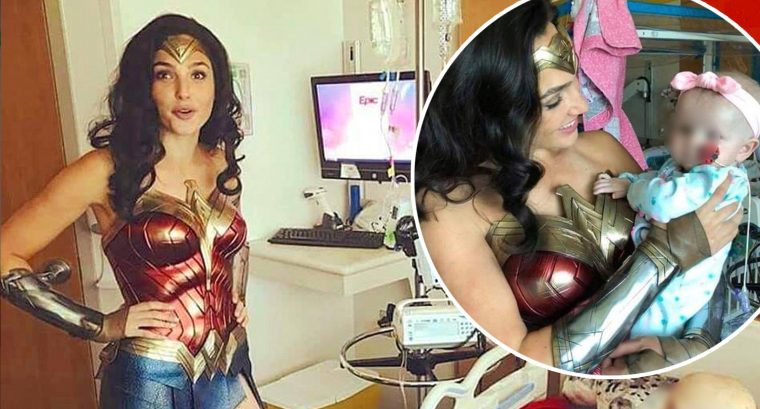![]() Follow Us
Follow Us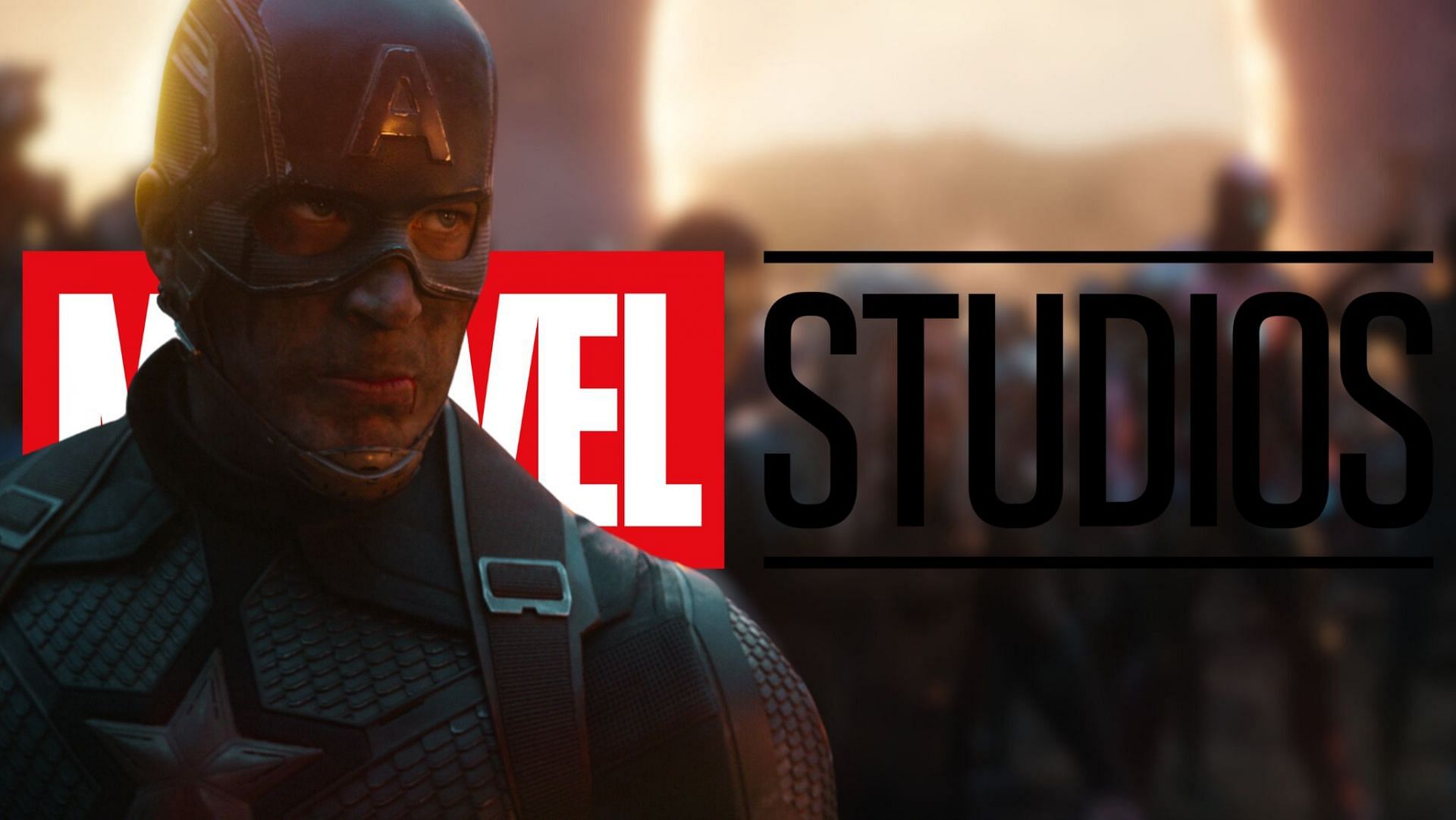 Marvel’s iconic heroes unite for an epic showdown in Avengers: Endgame, the culmination of Phase 3 in the Marvel Cinematic Universe (Image via Sportskeeda)
Marvel’s iconic heroes unite for an epic showdown in Avengers: Endgame, the culmination of Phase 3 in the Marvel Cinematic Universe (Image via Sportskeeda)
The Marvel Cinematic Universe has become a cultural phenomenon, captivating audiences with its thrilling action sequences, charismatic heroes, and intricate storylines. But the third phase of the MCU genuinely set the franchise apart. From the introduction of new heroes to the epic conclusion of beloved character arcs, Phase 3 was a turning point in the history of the MCU.
For three years, from 2016 to 2019, Marvel Studios pushed the boundaries of what a superhero movie could be. The third phase saw the MCU reach new heights of critical and commercial success, culminating in the record-breaking Avengers: Endgame. But what made this phase so special?
From emotional character arcs to an epic conclusion: Phase 3 of the Marvel Cinematic Universe
The epic conclusion of beloved character arcs and a decade of storytelling
 Tony Stark’s journey comes to an emotional end in Avengers: Endgame, marking the culmination of a decade of storytelling in the MCU (Image via Marvel Studios)
Tony Stark’s journey comes to an emotional end in Avengers: Endgame, marking the culmination of a decade of storytelling in the MCU (Image via Marvel Studios)
The emotional impact of character arcs was a significant factor that made Phase 3 of the MCU so special. Over the past decade, audiences had grown attached to Iron Man, Captain America, and Thor, following their journeys through numerous solo and team-up films. Phase 3 brought these storylines to a fitting end, giving closure to beloved characters and their arcs.
The conclusion of Iron Man and Captain America’s stories was particularly poignant. Tony Stark, played by Robert Downey Jr., sacrificed himself to save the universe in Avengers: Endgame, bringing his character’s journey full circle.
Steve Rogers, portrayed by Chris Evans, passed on his mantle to Sam Wilson (aka Falcon) in Avengers: Endgame, concluding his story in a way that felt both earned and satisfying.
The endings were bittersweet but demonstrated the MCU’s commitment to quality storytelling. The franchise was not afraid to retire characters meaningfully, giving them fitting conclusions that honored their legacies while setting the stage for new heroes to take up the mantle.
The MCU’s third phase: New heroes and diversity
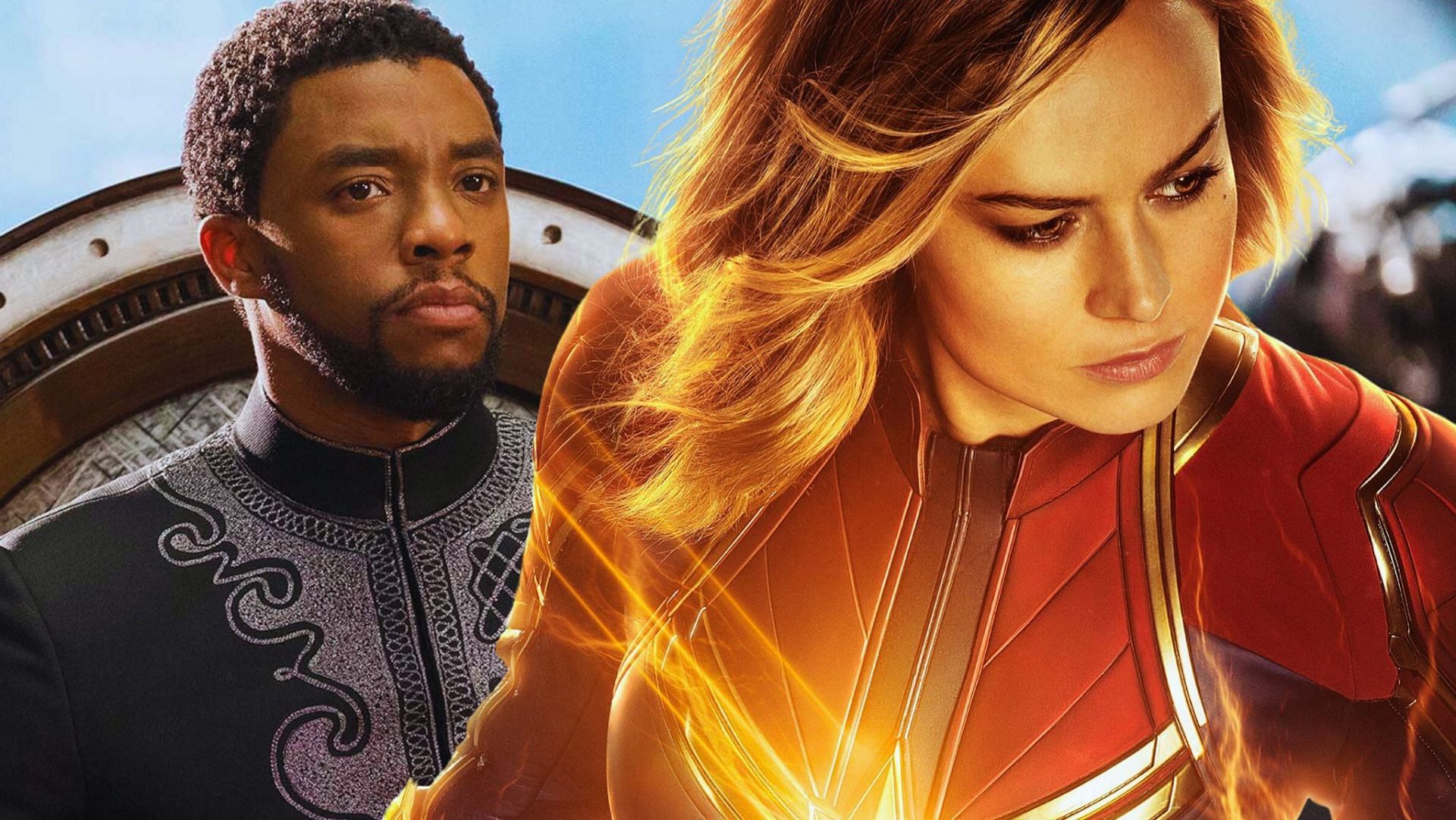 Black Panther and Captain Marvel broke barriers in Phase 3 of the MCU, introducing new heroes and bringing diversity to the franchise (Image via Sportskeeda)
Black Panther and Captain Marvel broke barriers in Phase 3 of the MCU, introducing new heroes and bringing diversity to the franchise (Image via Sportskeeda)
Phase 3 introduced new heroes such as Doctor Strange and Spider-Man in the MCU. These films expanded the MCU’s scope and showcased the studio’s willingness to take risks with lesser-known characters. Despite initial skepticism from some fans, the success of these movies proved that audiences were invested in the MCU, no matter who the protagonist was.
The phase also marked a significant shift in the MCU’s representation, with films like Black Panther and Captain Marvel featuring black and female leads. These films became cultural touchstones and demonstrated the importance of representation in mainstream media.
The inclusion of diverse voices and perspectives also adds depth and richness to the MCU’s storytelling.
These two factors, introducing new heroes and including diversity and representation, made Phase 3 of the MCU a special time in the franchise’s history.
By expanding the universe and giving underrepresented groups a voice, the MCU demonstrated a commitment to quality storytelling and a willingness to push boundaries.
The grand finale of the Infinity Saga
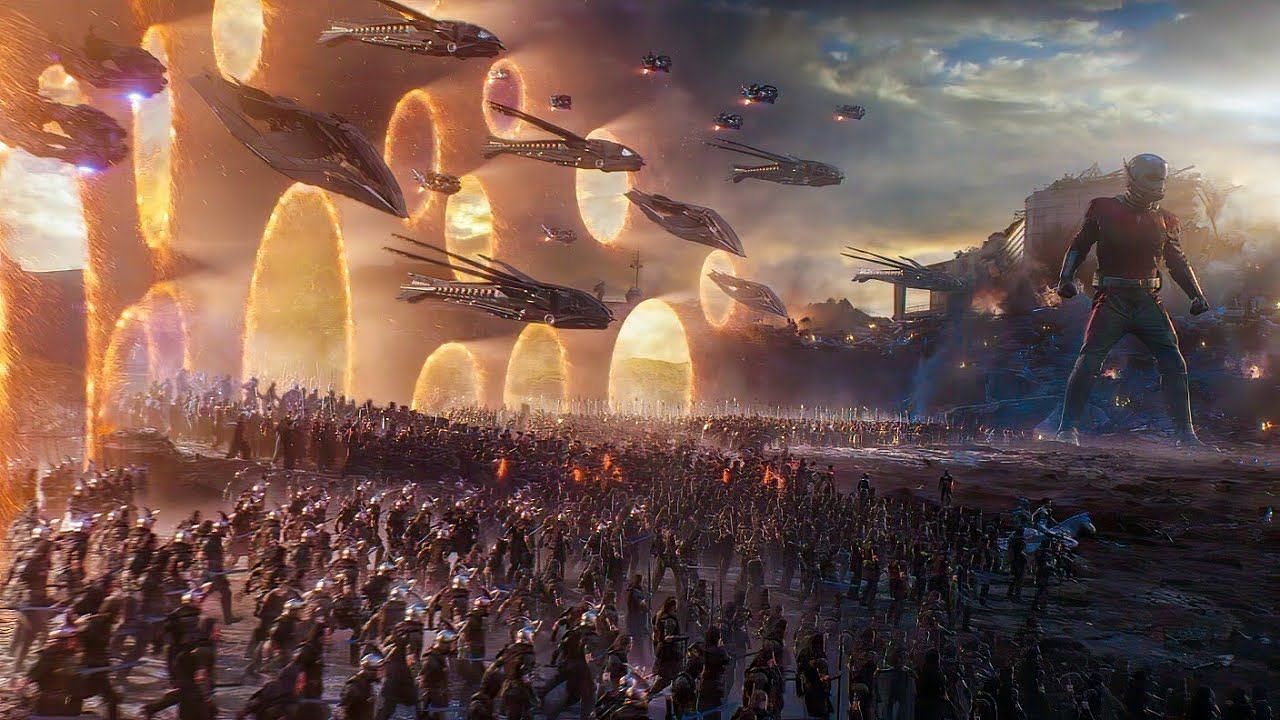 The Avengers assemble for a final showdown against Thanos in Avengers: Endgame, bringing the Infinity Saga to a grand finale (Image via Marvel Studios)
The Avengers assemble for a final showdown against Thanos in Avengers: Endgame, bringing the Infinity Saga to a grand finale (Image via Marvel Studios)
The third phase of the MCU was not just the conclusion of a decade of storytelling but also the grand finale of an epic saga that started with Iron Man in 2008.
Avengers: Infinity War and Avengers: Endgame were the culminations of years of storytelling, and they delivered an unforgettable experience for audiences worldwide.
Avengers: Infinity War was a cinematic masterpiece that raised the stakes for the entire MCU. Thanos, the film’s villain, was a complex and compelling character who believed he was saving the universe by wiping out half of all life. The film’s climax left audiences stunned and eagerly anticipating the next installment.
Endgame, the epic conclusion to the Infinity Saga, was a cinematic event unlike any other. It brought back beloved characters and tied up loose ends in a way that satisfied both fans and critics.
The film’s final battle against Thanos was a visual spectacle that brought together nearly every hero in the MCU, resulting in an emotional and satisfying conclusion.
The success of Avengers: Infinity War and Endgame cemented the MCU’s place in cinematic history. The films shattered box office records and demonstrated the power of storytelling in the superhero genre.
The grand finale of the MCU was a fitting end to a decade of storytelling, and it set the stage for the next phase of the franchise.
Final thoughts
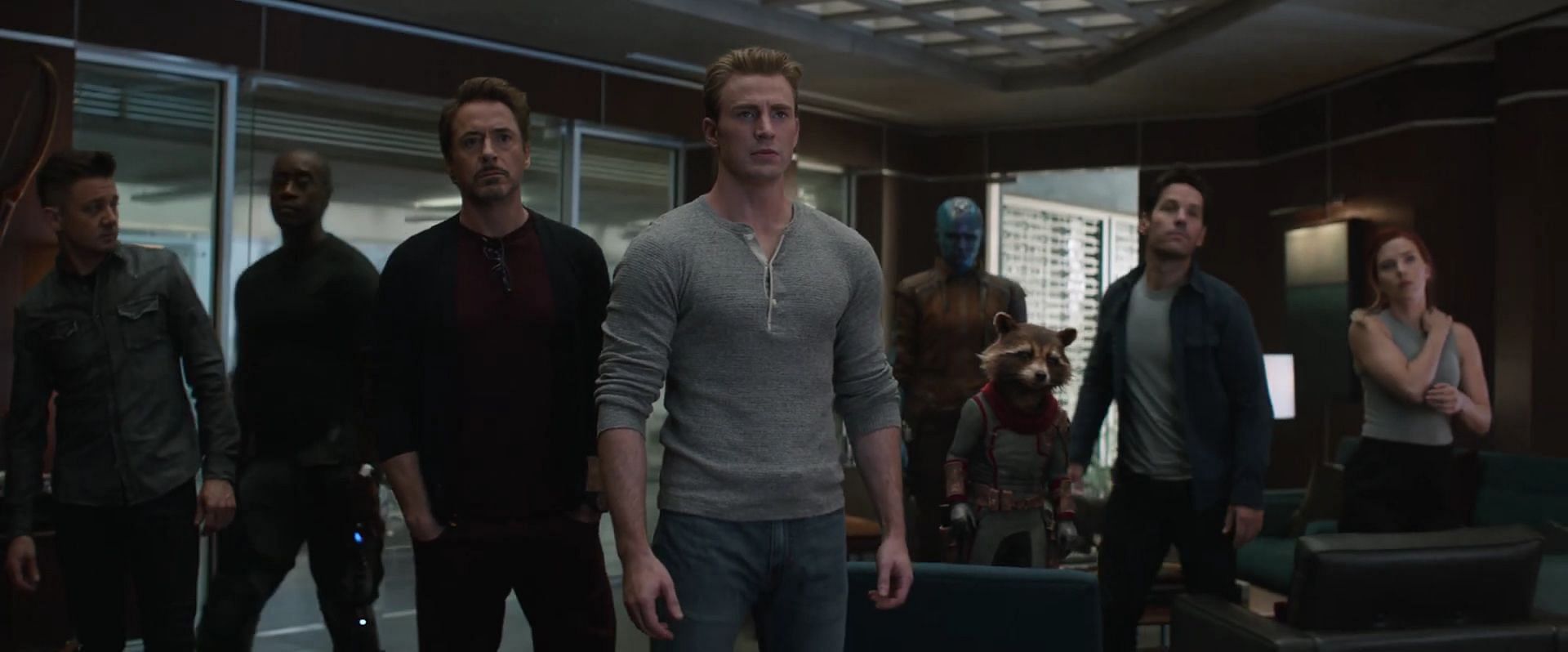 Phase 3 of the MCU was a turning point in Marvel history, marking the end of an era and paving the way for new stories and characters to come (Image via Marvel Studios)
Phase 3 of the MCU was a turning point in Marvel history, marking the end of an era and paving the way for new stories and characters to come (Image via Marvel Studios)
The third phase of the MCU was a significant milestone that solidified the franchise’s place in cinematic history. It culminated ten years of storytelling, bringing together beloved characters and introducing new heroes to expand the MCU’s scope.
The inclusion of diverse voices and perspectives added depth and richness to the storytelling, and the epic conclusion of the phase left a lasting impact on audiences worldwide.
The third phase was a testament to Marvel Studios’ creative vision and commitment to producing quality storytelling. It is no wonder that it will be remembered and cherished by fans for years to come.



